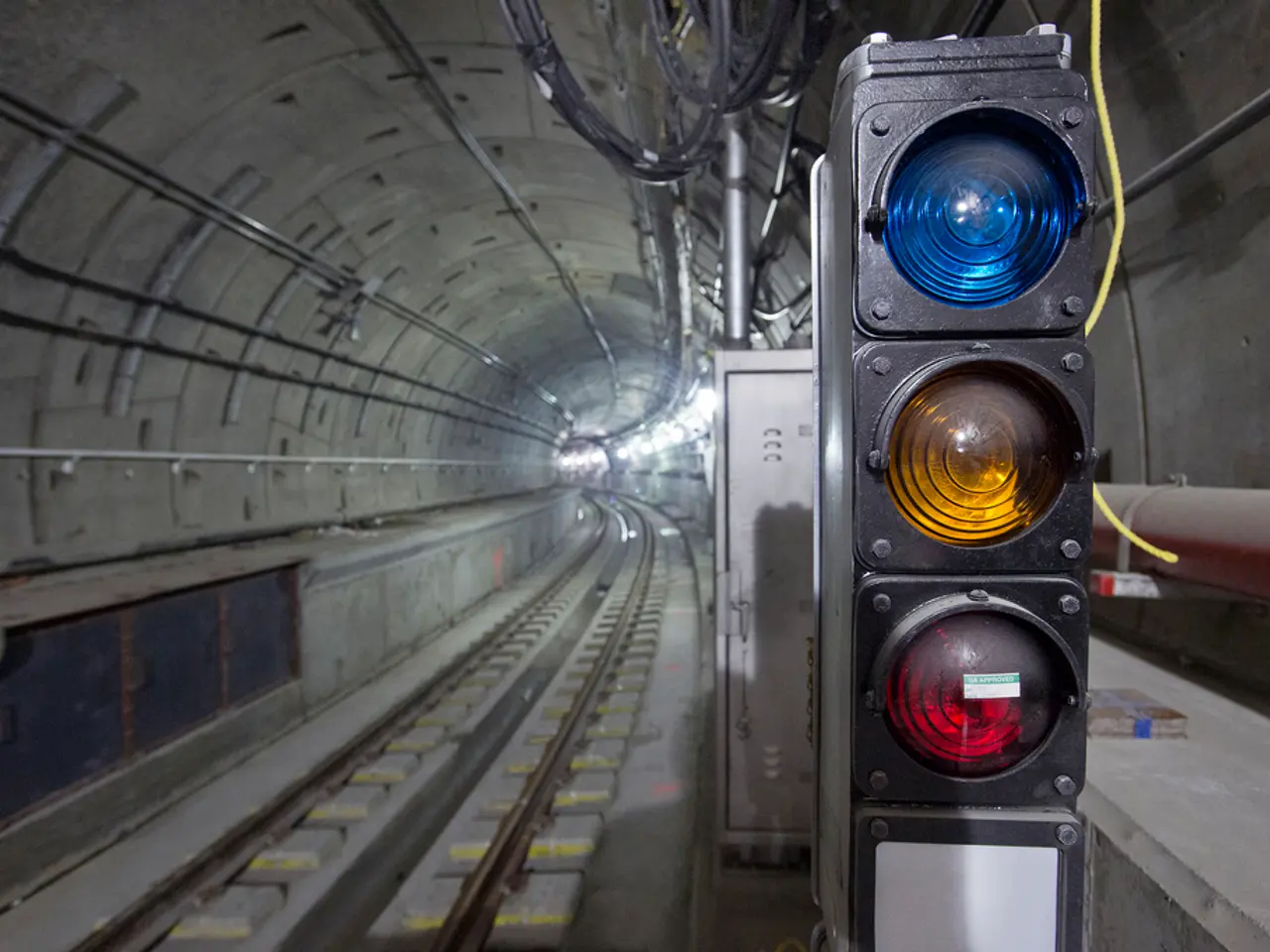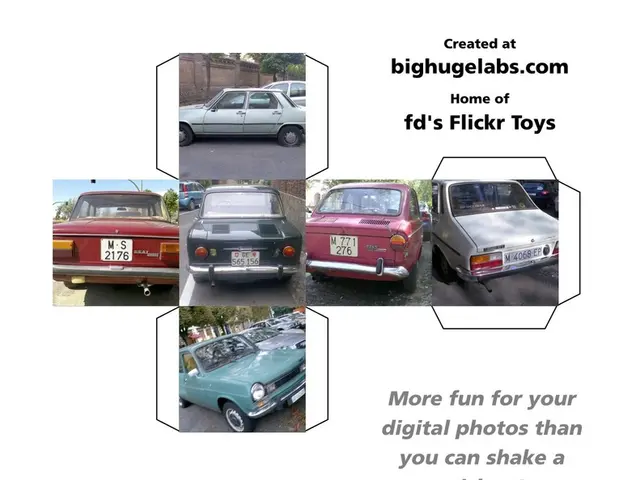Protective barriers installed in over 50 MTA subway stations for enhanced safety
In a bid to enhance safety and security in the New York City subway system, Governor Kathy Hochul's leadership has set a target to install protective platform edge barriers at over 100 stations by the end of 2025 [1][3][4]. These barriers, designed to prevent accidents and intentional falls onto the tracks, are being prioritized in stations with high ridership levels, island platforms, and feasibility based on train line characteristics [2][5].
As of mid-2025, 56 stations have had barriers installed, primarily along the 1, 2, 3, 4, 5, 6, 7, F, M, and L lines [2][5]. Some specifically named stations include Brooklyn's Clark St (2, 3), Morgan Av (L), Grand St (L), Dekalb Av (L), Halsey St (L), and many more [5].
The Metropolitan Transportation Authority (MTA) is planning to more than double the current number of stations with barriers by the end of the year, as part of Governor Hochul’s 2025 State of the State safety initiative [1][4].
Additional safety upgrades include the installation of new, brighter LED lighting in 342 stations (targeting all 472 stations by year-end), security cameras on subway cars, and increased NYPD presence [1][2][4]. These measures aim to improve both actual and perceived rider safety, with surveys showing strong rider support for platform barriers [3].
New York Gov. Kathy Hochul announced a set of initiatives to protect subway riders and workers, with the NYC Transit President, Demetrius Crichlow, expressing pride in the team's work in building and installing barriers, and looking forward to keeping up the momentum [6]. Platform barriers are being built and installed using in-house NYCT labor with in-house machinery in a NYCT facility [7].
The MTA's efforts to improve safety in the subway system are bearing fruit. Safety in the system is improving, with overall major crimes dropping by three percent from the same period last year and almost 10 percent when compared to pre-pandemic levels [8]. A majority of respondents believe the presence of platform barriers in the station makes them feel safer and believe the barriers will protect against falls on to the tracks [3].
Transit crime is also down in 2025, and customer satisfaction has risen dramatically this year in the subway system [9]. Under Gov. Hochul's leadership, the MTA is making investments to ensure the system is not only safe but also feels safe to riders.
References:
- MTA to Install Platform Barriers at Over 100 Subway Stations
- MTA Announces Stations for Platform Barrier Installation
- Customer Survey Shows Strong Support for Platform Barriers
- Governor Hochul's 2025 State of the State Safety Initiative
- List of Stations with Platform Barriers Installed
- NYC Transit President on Platform Barrier Installation
- Platform Barriers Built and Installed In-House
- Safety Improvements in the Subway System
- Customer Satisfaction Rises in the Subway System
- The Metropolitan Transportation Authority (MTA) is planning to utilize technology and finance, to more than double the current number of stations with protective platform edge barriers installed, as part of Governor Hochul’s 2025 State of the State safety initiative, aiming to improve safety and security in the New York City subway industry.
- As the rail transport sector witnesses the transformation in New York City, the MTA is also adopting new, brighter LED lighting, installing security cameras on subway cars, and increasing NYPD presence to enhance both actual and perceived rider safety, signifying a significant shift in the broad transportation industry.




